Cost-Saving Benefits Of Automating HR Functions
HR Stacks Blog
MAY 21, 2025
Traditional HR processes, often laden with manual tasks, can be time-consuming and prone to errors, leading to increased operational expenses. By integrating automation into HR functions, organizations can streamline workflows, minimize errors, and allocate resources more effectively.















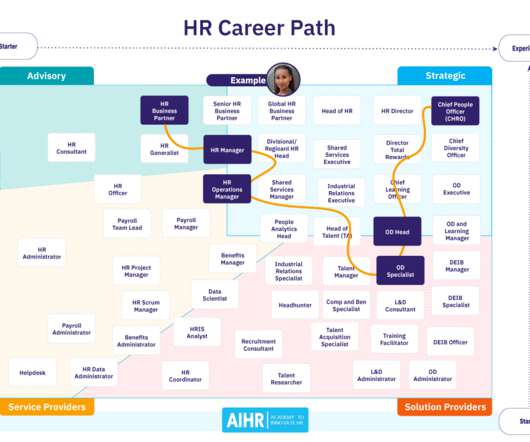
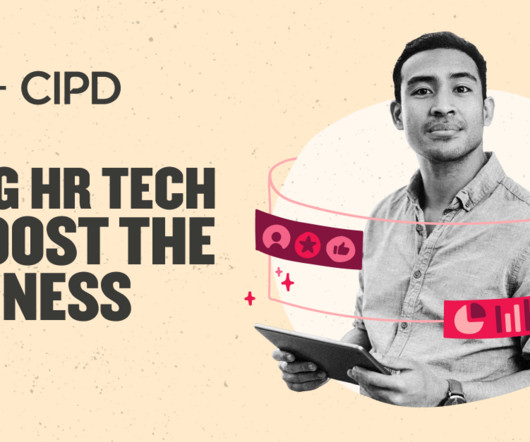
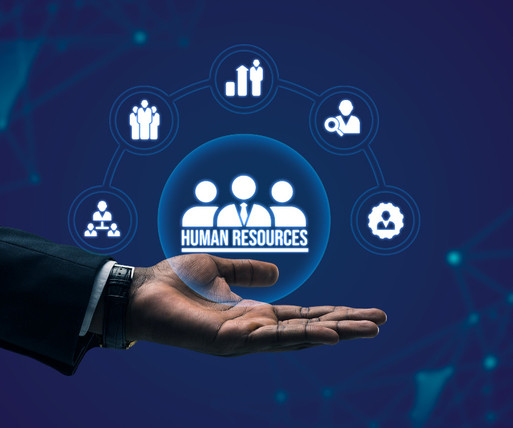
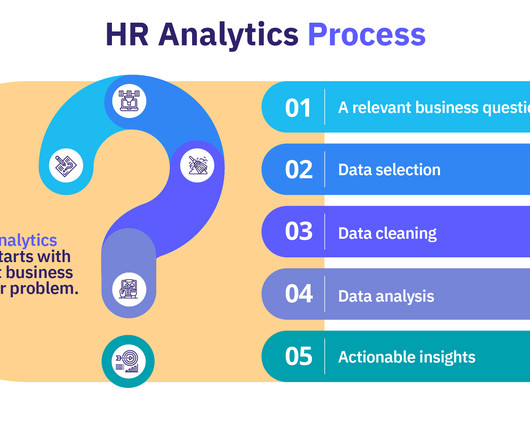



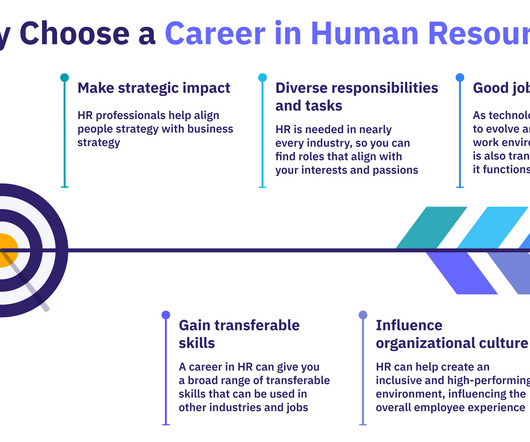

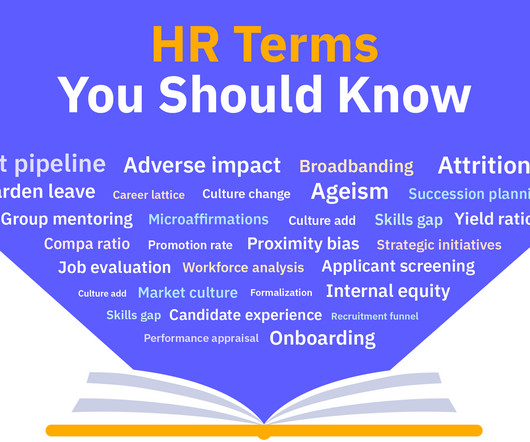






























Let's personalize your content